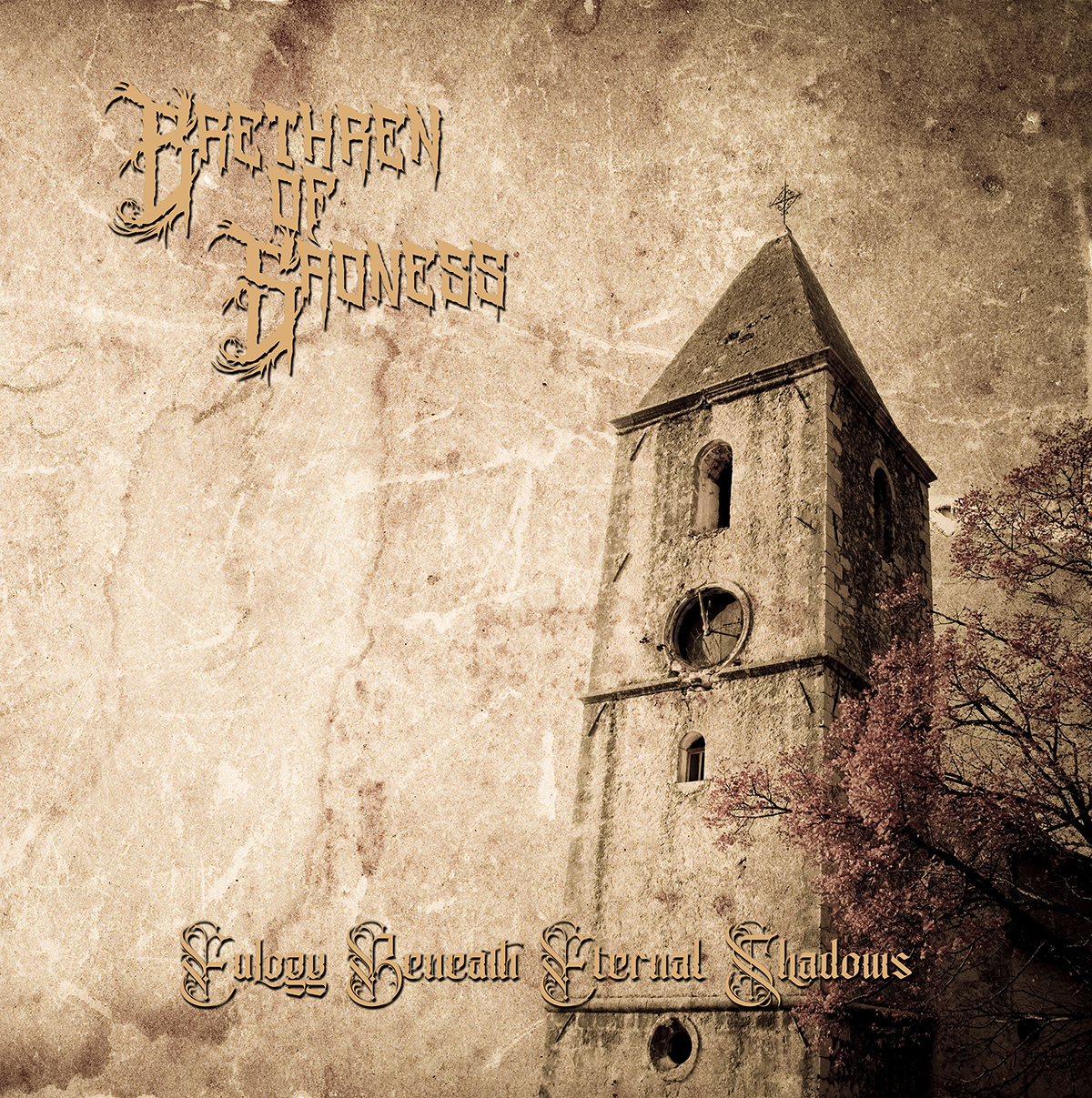Eulogy Beneath Eternal Shadows by Breathen of Sadness is a post-gothic, literary-philosophical meditation on death, transience, and the inevitability of grief. It is an elegy for humanity as the bereaved: subjective mourning (“Through the dismal veil, I wander alone”) is not treated as individual here, but becomes a collective expression of humanity (“In the echoes of anguish, we all feel the same”), the only enduring form of love (“A long-forgotten kiss upon a brow, Now consumed by shadows, in silence we bow”). The affinity with Maurice Blanchot is unmistakable. He wrote: “There is therefore undoubtedly no language of love, except love in its absence, ‘lived’ in loss, in aging—that is, in death.” The emotional horizon of understanding only opens in retrospect; grief is not merely experienced, but reflected upon. Every memory, every lost connection opens the fissures and fractures of shared existence, missed opportunities, unspoken confessions. Life as the bereaved is inextricably shaped by the awareness of moments that have passed—both lived and unlived—which simultaneously provide solace and pain.
funeral bells tolling
The duo is no stranger to the scene. Anthony Copertino Jr (Unecstacy) and John Suffering (Chalice of Suffering) most recently performed together as An Tóramh, with a radical reduction in sound and evocations of early-2000s funeral doom. With Breathen of Sadness, the duo takes an elegiac path.
John Suffering connects this lyrical Path with the aesthetics of Edgar Allan Poe: Poe provides the atmospheric template that Breathen of Sadness adopts for sound, rhythm, and motifs of memory, lost love, and loneliness in both text and music. The vocabulary, imagery (“shadows creep […] crypt of memories […] sky weeps ash […] funeral bells tolling, etc.”), the gothic gloom, the echoes of past love, the shadows of memory—all unmistakably evoke Poe, while being molded into a distinct form aimed at articulating existential grief and the awareness of the finitude of human experience.
The music of Breathen of Sadness takes up this thread, moving between sorrow and resentment, carried by repetitive phases and plaintive leads, without ever succumbing to extremes. Without the radical slowness, the violent outbursts, or the self-conscious melodicism often found in the genre, the duo maintains a subtle melodic focus. The instrumentation remains straightforward, yet slightly offset from the harmonic center, creating a sense of unease for the survivor—the suffering lies between the notes, beyond clear contours, without overt pathos. Musically, slow, repetitive marches alternate with wailing leads that approach the dissonance of a breaking human voice. Occasional screams and organ tones recall the DSBM reference—the existential distress and human suffering are audible, yet without the juvenile-pubescent gestures of self-harm typical of the scene.
Central alongside the guitar is John Suffering’s droning, deep vocals, which serve as an anchor of despair and grief while the guitar expresses toil and lament. Suffering’s growling conveys an adult, doubting, and almost shameful voice of experience, placing the listener between melancholy and insight. This vocal element forms a bridge between literary reflection and musical mourning. The text translates the experience of loss and grief into language, while John Suffering gives it vocal expression, and the music explores the same emotions within the sonic space.
The finitude of the social
From a Blanchotian perspective, it becomes clear that grief and love can exist only in absence. Every dissonant lead, every tone subtly hovering outside harmony mirrors the experience of loss: it is an experience that cannot be grasped, lying between the notes, as it constitutes the emotional horizon of understanding in retrospect. Music and text articulate the same principle: love and memory reveal themselves in their emptiness, in the unbridgeable fissures of existence.
The recurring, repetitive structures act as a musical equivalent to the literary elegy: they rhythmize the time of mourning, marking retrospection, reflection, and the reverberation of past moments. The sudden presence of the lost, similar to Poe’s gloom accentuating memories of the gone, is mirrored in both form (music) and content (text). Thus, a sonic space emerges that extends the post-gothic elegy: music, text, and voice merge into an experience in which not only the absence of beloved individuals is felt, but also the contemplative, existential dimension of survival and being left behind. Here lies the insight of grief: repetition, dissonance, and the plaintive voice render the traces of past moments audible—and thereby the inevitable, yet universally shared, experience of the finitude of the social.

